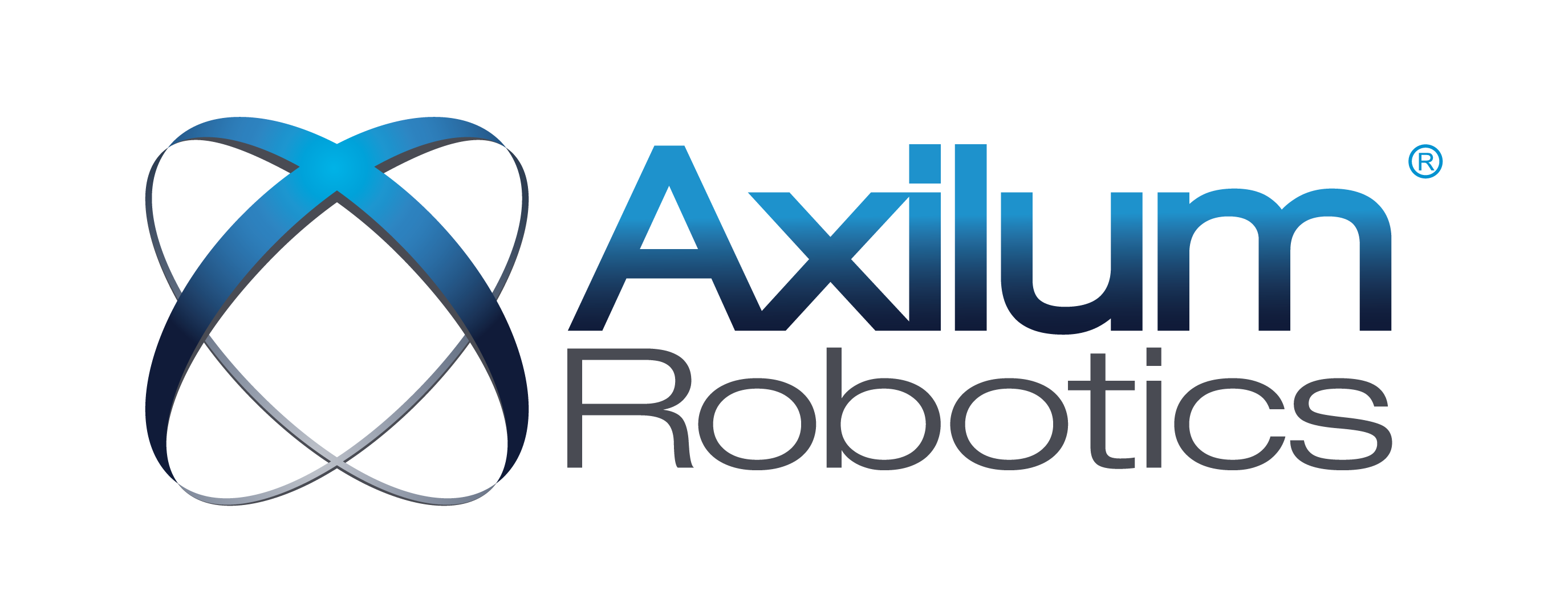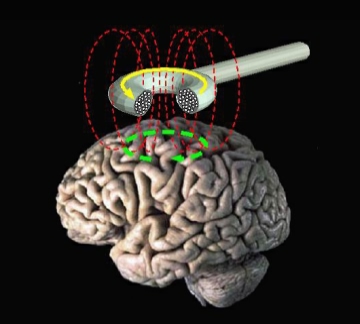TMS (Transcranial Magnetic Stimulation) is a painless, non invasive neurostimulation technique that applies high intensity magnetic impulses to cortex areas by placing a coil on the surface of the head.
It is used as a research tool to gain knowledge of neurophysiological and cognitive mechanisms.
There are many potential therapeutic applications, particularly in psychiatry and neurology: TMS is currently under clinical evaluation in diseases like drug-resistant major depression and chronic neuropathic pain.
Transcranial magnetic stimulation by Eric Wassermann, M.D. Transcranial Brain Stimulation. Behavioral Neurology Unit, National Institute of Neurological Disorders and Stroke.
To learn more about TMS and its applications, please refer to the following scientific publications:
-
-
Simone Rossi, Mark Hallett, Paolo M. Rossini, Alvaro Pascual-Leone and The Safety of TMS Consensus Group, Safety, ethical considerations, and application guidelines for the use of transcranial magnetic stimulation in clinical practice and research, Clinical Neurophysiology, December 2009, Volume 120, Issue 12, pp. 2008–2039. [Read more].
-
JP Lefaucheur et al., French guidelines on the use of repetitive transcranial magnetic stimulation (rTMS): Safety and therapeutic indications, Clinical Neurophysiology, December 2011, Volume 41, Issue 5-6, pp. 221-295. [Read more].
-
JP Lefaucheur et al., Evidence-based guidelines on the therapeutic use of repetitive transcranial magnetic stimulation (rTMS), Clinical Neurophysiology, November 2014, Volume 125, Issue 11, pp. 2150-2206. [Read more].
-
JP Lefaucheur et al., Evidence-based guidelines on the therapeutic use of repetitive transcranial magnetic stimulation (rTMS): An update (2014-2018), Clinical Neurophysiology, February 2020, Volume 131, Issue 2, pp. 474-528. [Read more].
- Simone Rossi et al. Safety and recommendations for TMS use in healthy subjects and patient populations, with updates on training, ethical and regulatory issues: Expert Guidelines, in Clinical Neurophysiology, January 2021, Volume 132, Issue 1, pp. 269-306. [view], [download]
-

